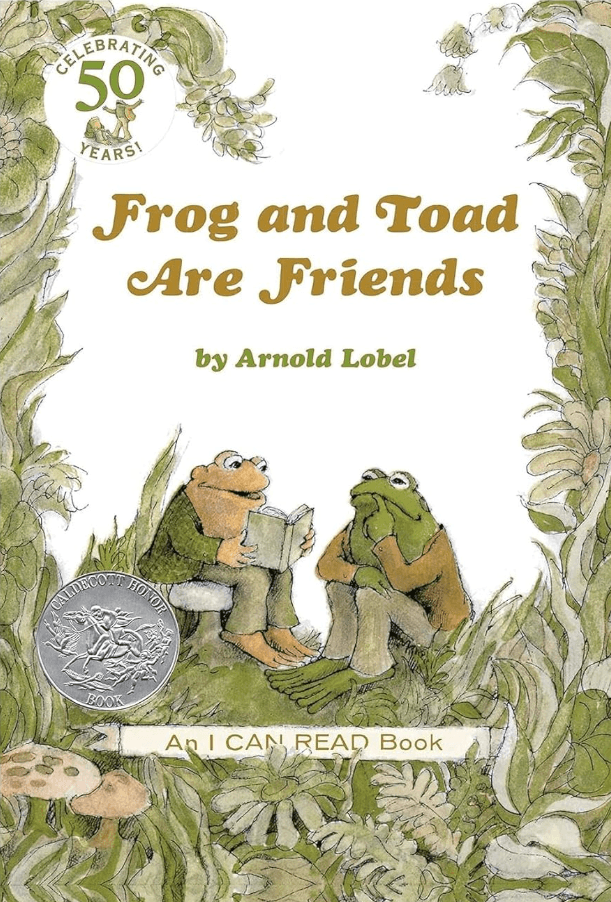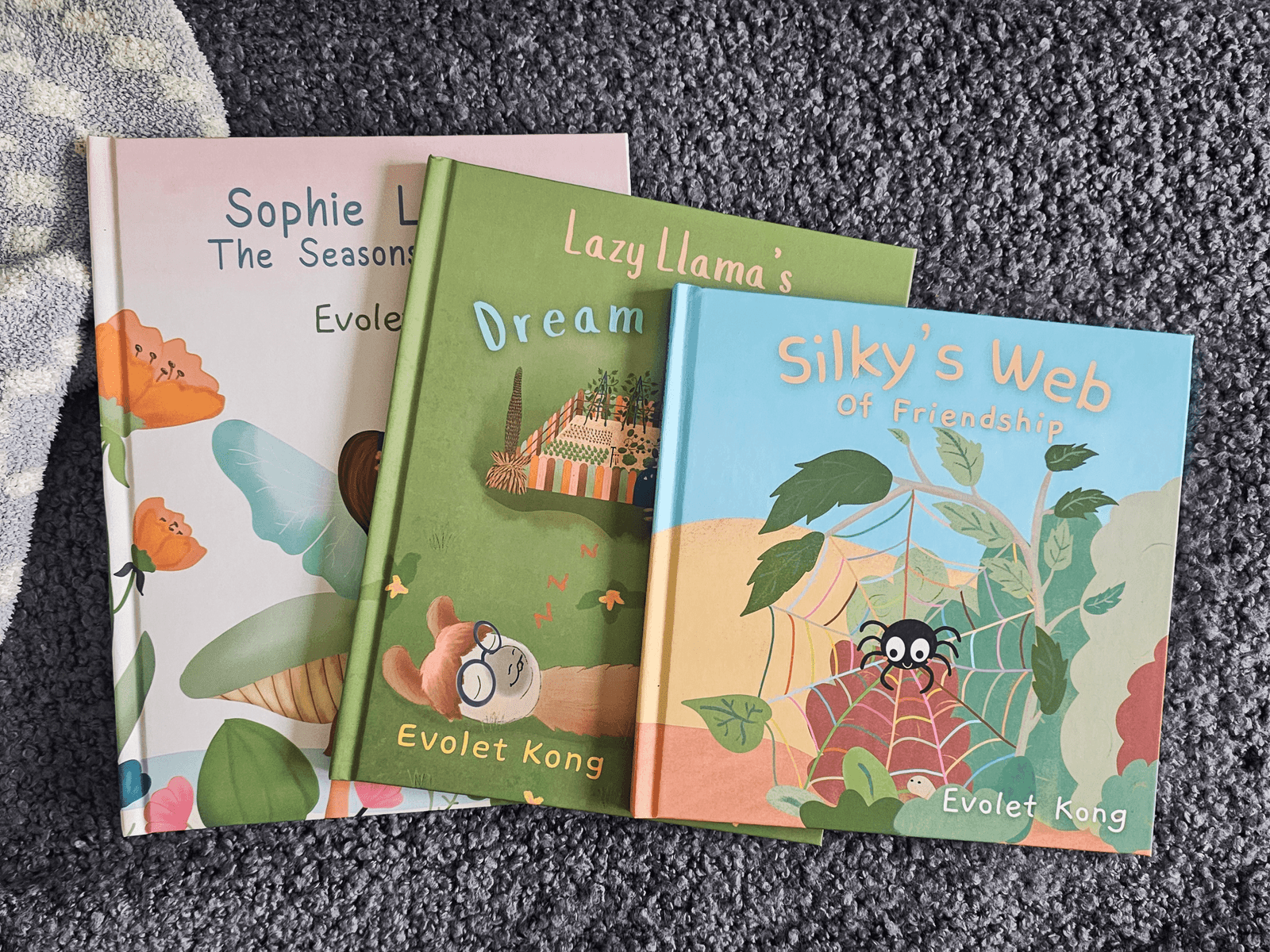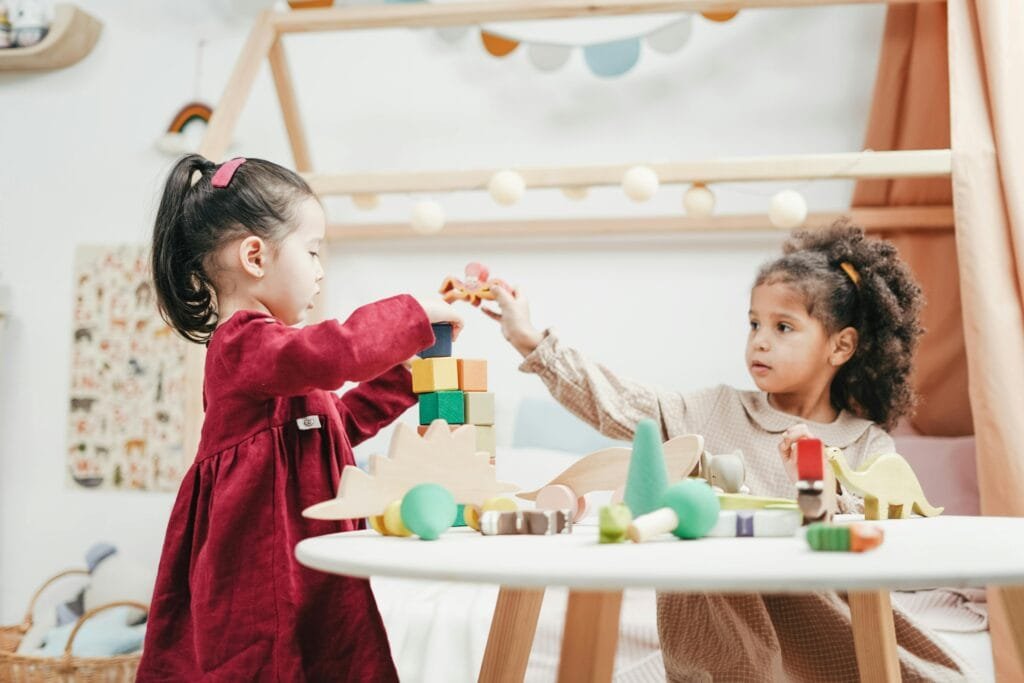
Friendship is one of the most valuable lessons children can learn, shaping their relationships and experiences throughout their lives. The wonderful thing is that this important skill can be nurtured through the power of stories.
As a children’s book author, I believe that books offer a unique way to teach children the values of kindness, empathy, and the importance of connection. Whether it’s learning how to make friends, how to be a good friend, or how to navigate loneliness, stories help children understand these complex emotions in a simple and meaningful way.
Here are 3 ways that children’s books can teach these essential lessons about friendship:
1. Making Friends: The First Step is Kindness
When we start out in life, we don’t have any friends yet, but that’s okay, because no one does in the beginning! Friendships are something we grow over time by meeting new people and sharing experiences. Children’s books can help you learn how to make friends by showing characters who face the same challenges. For example, stories about lonely characters who learn to reach out, share, or be brave teach us that making friends often starts with small, simple actions.
Making friends can be a challenge, especially for younger children who may not yet understand how to approach others. Sometimes, it’s hard to know where to start. The first step toward making a new friend often involves showing kindness and generosity. When a child is willing to share, listen, or simply be kind, they open the door for connection.
In The Rainbow Fish by Marcus Pfister, the main character starts off alone and admired for his beautiful, shimmering scales. But the Rainbow Fish quickly realizes that his beauty doesn’t bring him happiness. He’s isolated because he refuses to share his scales with others. It’s only when he learns the importance of giving, of sharing his scales with his friends, that he finds true companionship and belonging. This story teaches children that making friends begins with kindness, and the simple act of giving can bring people together in meaningful ways.
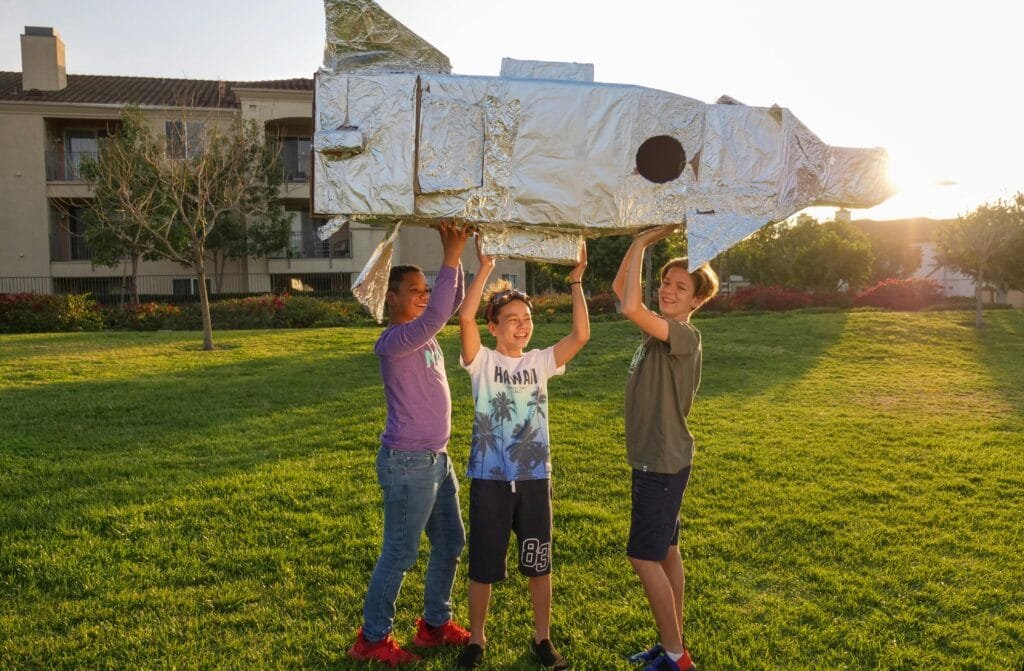
2. Being a Good Friend: Patience and Empathy
Making a friend is just the beginning. Being a good friend takes care and ongoing effort. Children need to learn that true friendship is more than spending time together; it’s about showing kindness, empathy, and patience. Being a good friend means supporting one another during tough times, listening with care, and sometimes putting your friend’s needs ahead of your own. Strong friendships are built on understanding and mutual care, and they grow when both friends invest effort and love. Children’s books can teach this lesson by showing relatable characters navigating the ups and downs of friendship, demonstrating how patience, empathy, and kindness help friendships thrive. Stories give kids examples they can follow, making it easier for them to apply these lessons in their own relationships.
In Frog and Toad Are Friends by Arnold Lobel, the friendship between Frog and Toad is built on these very qualities. Frog is calm, patient, and understanding when Toad feels sad, while Toad is there for Frog when he needs encouragement. Despite their differences, they always support each other, whether it’s helping one another through a rainy day or celebrating small victories together. This story shows that being a good friend means being there for someone, even when things aren’t easy, and being patient with their feelings and needs.
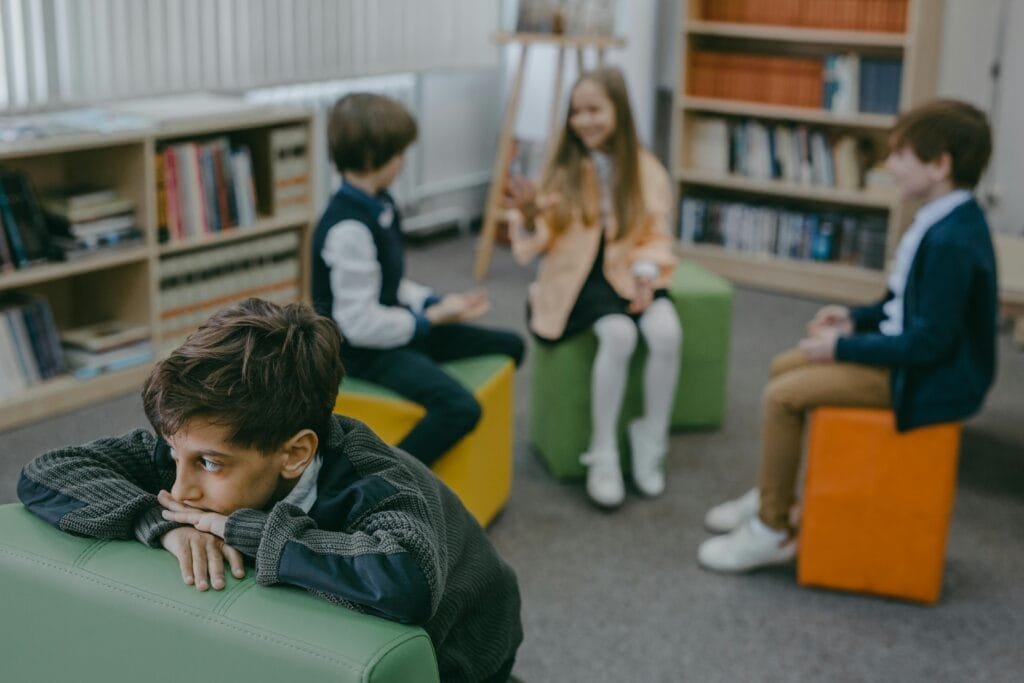
3. Overcoming Loneliness: Finding Companionship
Loneliness is a natural part of childhood and something nearly everyone experiences at some point, but it can be a tough and confusing emotion for children to understand. Feeling alone doesn’t mean it will last forever; often, it’s just a temporary moment before discovering the connections waiting to be made. Loneliness can even teach children the value of companionship, helping them appreciate the joy of building meaningful friendships. Children’s books play an important role in showing that loneliness is a normal part of life and that it can be overcome. Through stories about characters who feel isolated but find connection and belonging, kids learn that loneliness doesn’t define them. It’s just a moment that can lead to something beautiful. These books provide hope and teach children how to reach out, show kindness, and open themselves to friendships.
Silky’s Web of Friendship by Evolet Kong tells the story of a lonely spider who is misunderstood by the garden critters, who are too scared to be her friend. Despite her longing for companionship, no one will approach her, leaving Silky feeling sad and alone. Determined to change this, Silky comes up with a creative idea to catch the attention of the critters in a way that is inviting and friendly. When the critters finally visit her, they discover that she is kind and gentle, not scary at all. In the end, Silky finds the friendship she has always wanted, teaching readers the value of creativity and overcoming fear to build relationships.
Children’s books play a crucial role in shaping the way kids view and navigate friendships. These stories introduce children to important social concepts in a way that is accessible, engaging, and relatable. By seeing the characters in these books go through similar experiences, whether its making a friend, being a good friend, or overcoming loneliness, children learn valuable lessons that they can apply in their own lives.
As parents, guardians, and educators, we want to give our children the best tools to form meaningful, supportive relationships. Through stories like The Rainbow Fish, Frog and Toad Are Friends, and Silky’s Web of Friendship, children can learn that friendship is not just about fun and games, but about kindness, empathy, and mutual support. These books show that making friends can begin with a simple act of kindness, being a good friend takes patience and understanding, and loneliness can be overcome by finding someone who truly cares.
Let’s keep sharing these beautiful stories with our children, helping them build their own webs of friendship, one kind act at a time.


